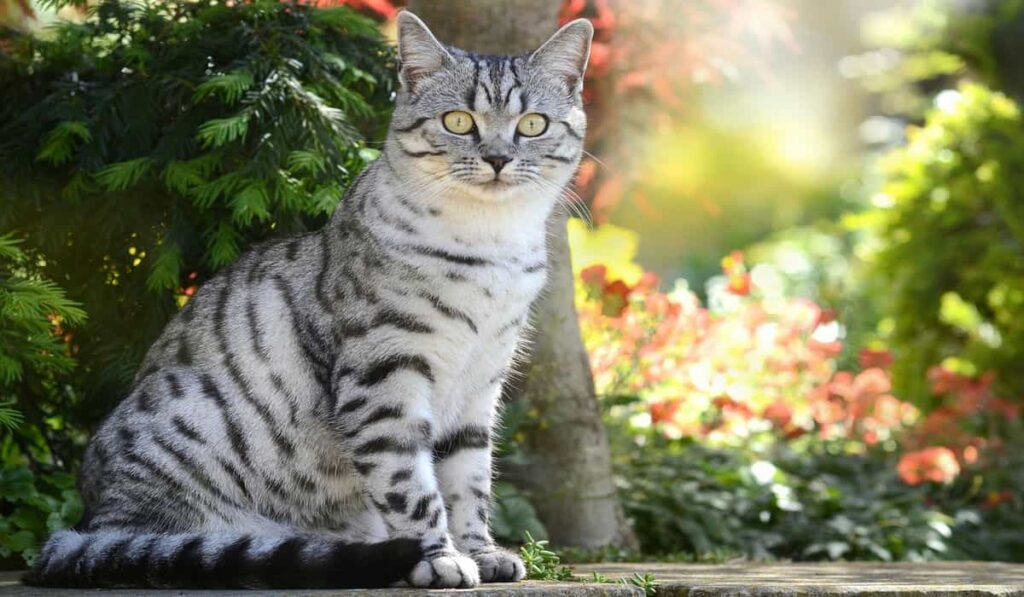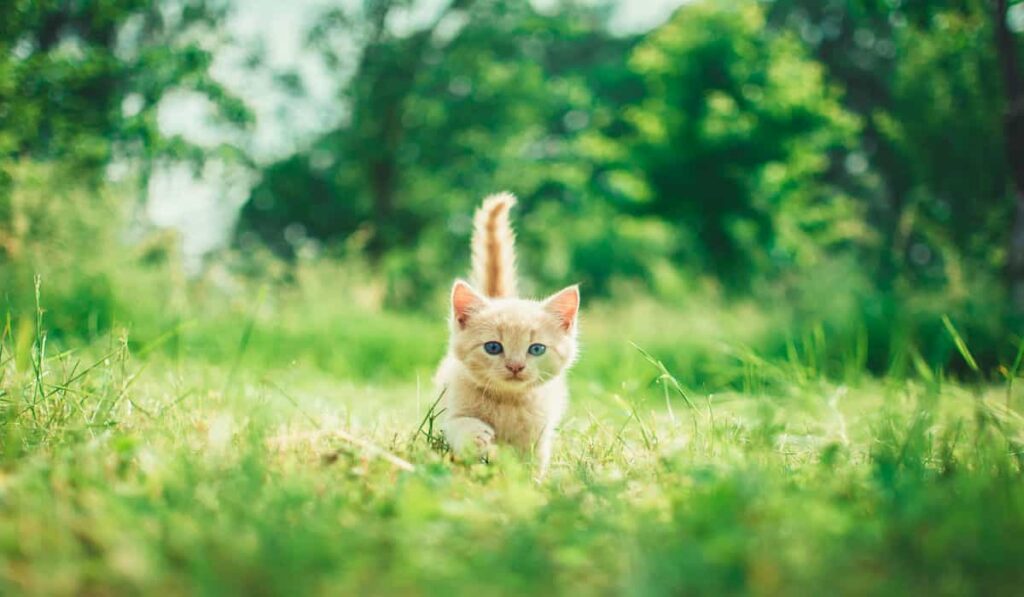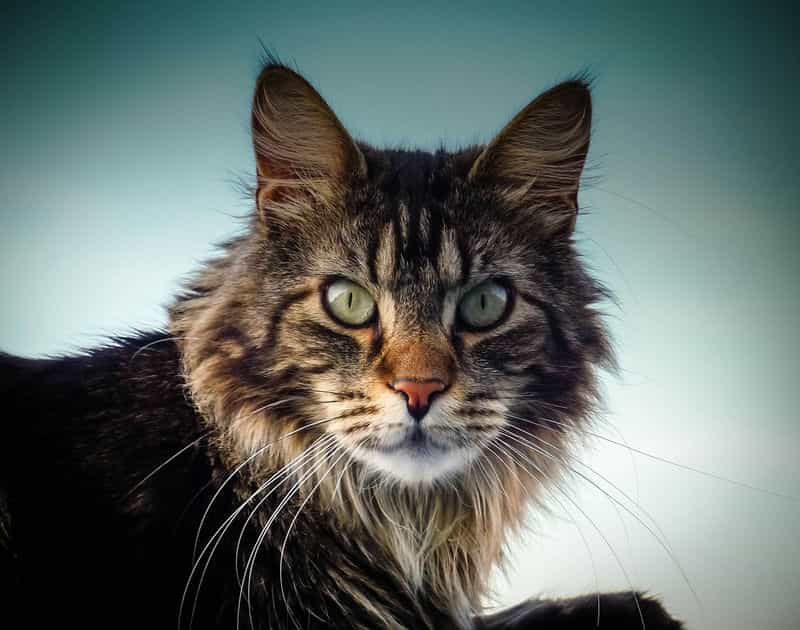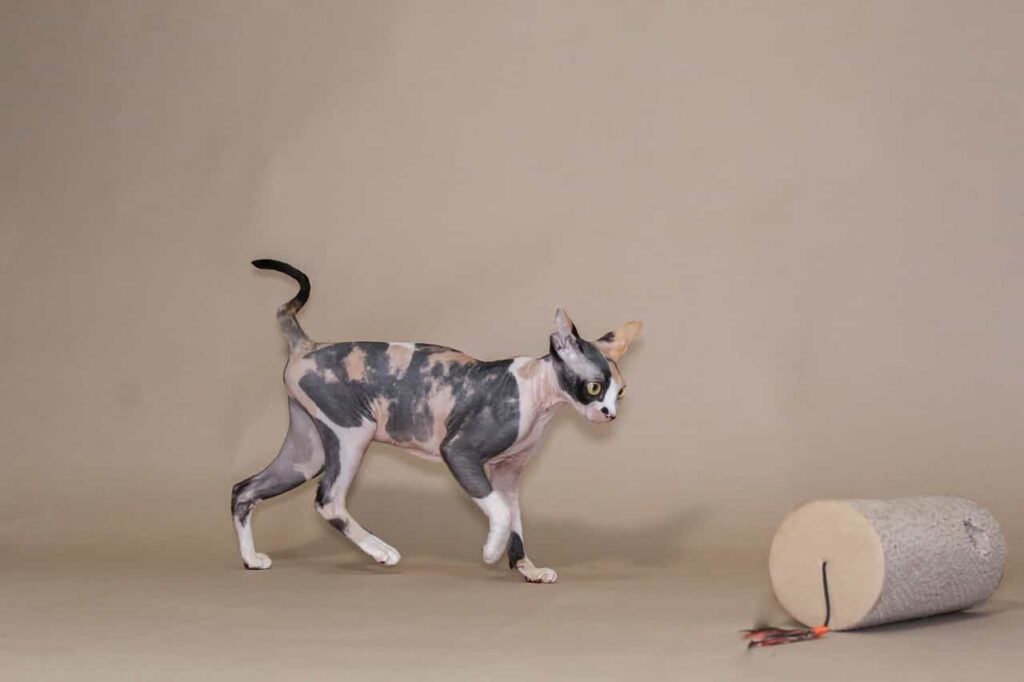A wonderful, beautiful, and royal-looking breed, the Favourite of the mighty Czar emperor and later the British Monarchs.
The name announces that it originated from The former Soviet Union- presently Russia.
Their Almond eyes and Silver Bluish short coats made them very mysterious and exciting.
If you’re a cat lover, then you can’t do loving Beautiful Russian Kitty. Let’s talk about the breed.


Jump To Section:
Breed specialty of Russian Blue:
Other names
Archangel Blue, Maltese, Spanish Blue, and Foreign Blue.
Personality
Intelligent, curious, and friendly but not friendly with strangers and very little kids.
Coat pattern
Solid
Coat length
Short
Coat color
Light simmering Silver with Blue, White, and Black.
Weight
Up to 12 Pounds
Length
Up to 24 inches
Eye color
Vivid Green
Life span
Up to 20 years
Hypoallergenic
Yes
Origin
Russia
Friendliness to children, strangers, and other pets is impossible for them because Russian Blues don’t like change.
Indoor/outdoor
both Indoor and outdoor
Activity and playfulness
Medium
Grooming needs
Low-maintenance
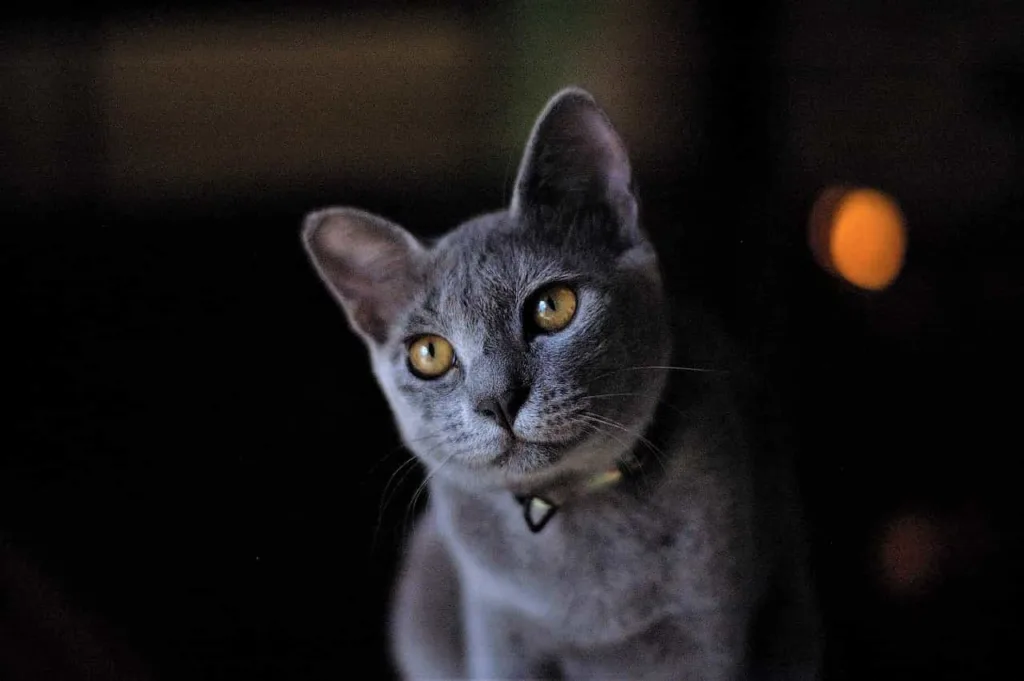

Origin of the breed- Russian Blue:
It is believed that The Russian Blue
cats or Russian Blues are a naturally occurring breed. It originated in the port of Arkhangelsk, Russia. The sailors brought the breed to Russia and England in 1860.
Later, the Russian Blue cats got crossed with Siamese cats.
The first appearance was seen in British print 1n 1862. The breed needed to compete with other Blue cats for its own class until 1912. Then they’ve got their own class.
The species was mainly developed in England and Scandinavian Region (Denmark, Norway, and Sweden) until World War II (1939-1945). After that, because of lacking, the Russian Blues are crossbred with Siamese cats.
The Russians were available in the USA before the world war, but after the war, the Americans created the new breed that we see today in the USA.
The Scandinavian cats and Russian Blues gave birth to a new breed which is called Russian Blue in America.
In 1872, the Russian Blue or Archangels took part in an exhibition in Crystal Palace, London, UK.
The Cat Fanciers Association and International Cat Association recognized the breed later.
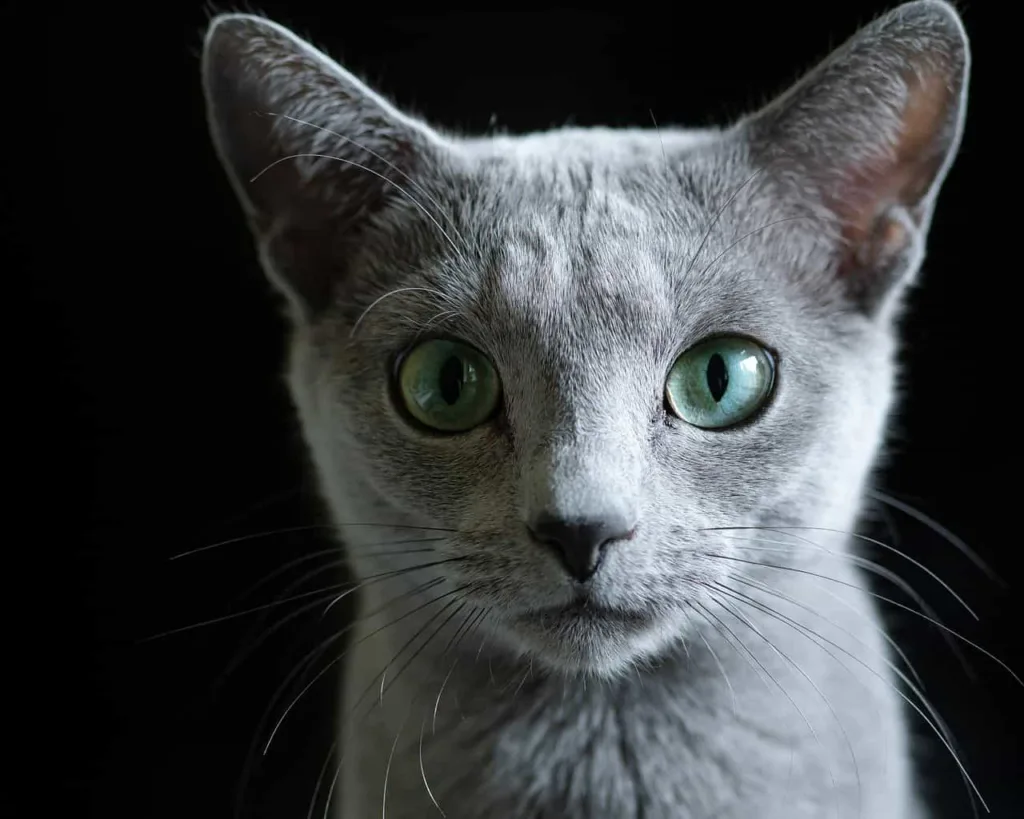

The appearance of Russian Blues:
The Russian Blues are medium-sized cats with short, dense, and plush coats. The coats are mainly Blue-colored with Silvery cast.
Besides is also available in White and Black. The floating Almond-shaped eyes are Green with vivid shades.
It has medium-sized pointed ears and a medium and slim tail. A round head, small nose, and small face with Moustouch. Legs are proportionate to the body with medium-sized love paws.
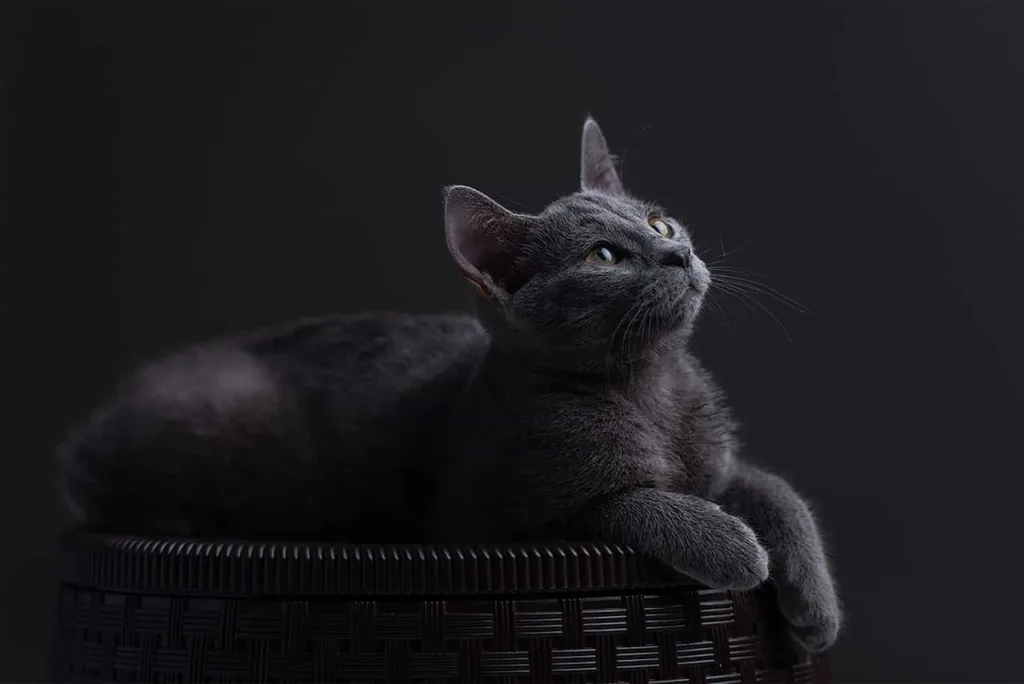

Temperament and nature of the Russian Blue breed:
Well, the Russian Blues are very independent, intelligent, curious, loving, friendly, and affectionate by nature. They love to cuddle but are not lap cats. When you return from anywhere, it will like to cuddle with you.
The Russian Blues are the experts at entertaining themselves. If you provide their favorite toys, then they will play and be happy with them.
If you’re a busy person and stay out of home, then Russian Blue is a good choice for you. They will follow you from a distance but won’t stay on your lap all the time.
Moving forward, Russian Blues don’t like new arrivals.
So, if you have a furry pet or a kid already, then don’t adopt an adult Russian Blue because they don’t like toddlers or other pets. Children over 5 years old are suitable for them.
If you have a Russian Blue and you’re thinking of getting married and having a child or another pet, then it would be difficult for you because the Blue kitties are very territorial and possessive about their family.
They’re very early risers and like to sleep with their owners. Often very pushy when they need something and can do anything for food. They’re very shy and scared cats. So, not suitable for a busy household.
They need a big house because they walk around the house. Russian Blues need a calm environment. They can’t tolerate noisy and busy environments.
They will never greet a guest at the door as they’re a very shy and reserved-type breed.
The breed isn’t talkative, but if you teach them conversation and talk back, they’ll learn and do so.
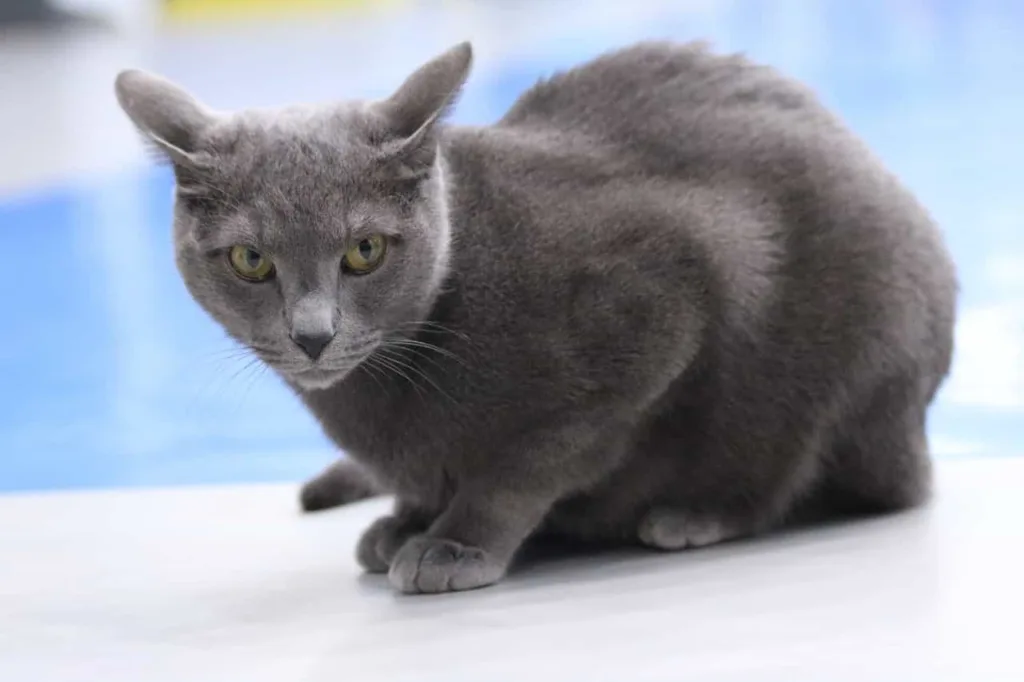

Caring, grooming, and exercising that Russian Blues need:
If you’re a busy person, then you have good news because Russian Blues are very low-maintenance cats. Brushing once a week is enough due to thor short coats.
You won’t see flying hairs in your house because the shedding amount is very low. You don’t need them to bathe.
So, perfect for busy but lonely people, especially those who don’t like children. Take off their ears very much so that rabbits and Debris can’t grow.
Check their ears regularly and clean them with an ear clear and a cotton ball never uses a cotton swab.
Provide them with a lot of toys.
A tall cat tree is a must at your home for your Russian Blues playing time for the kittens; you need to keep an eye out so that the adult cats can’t get obese, and when they become senior, please increase the teeth care. Brush their teeth 3 times a week.
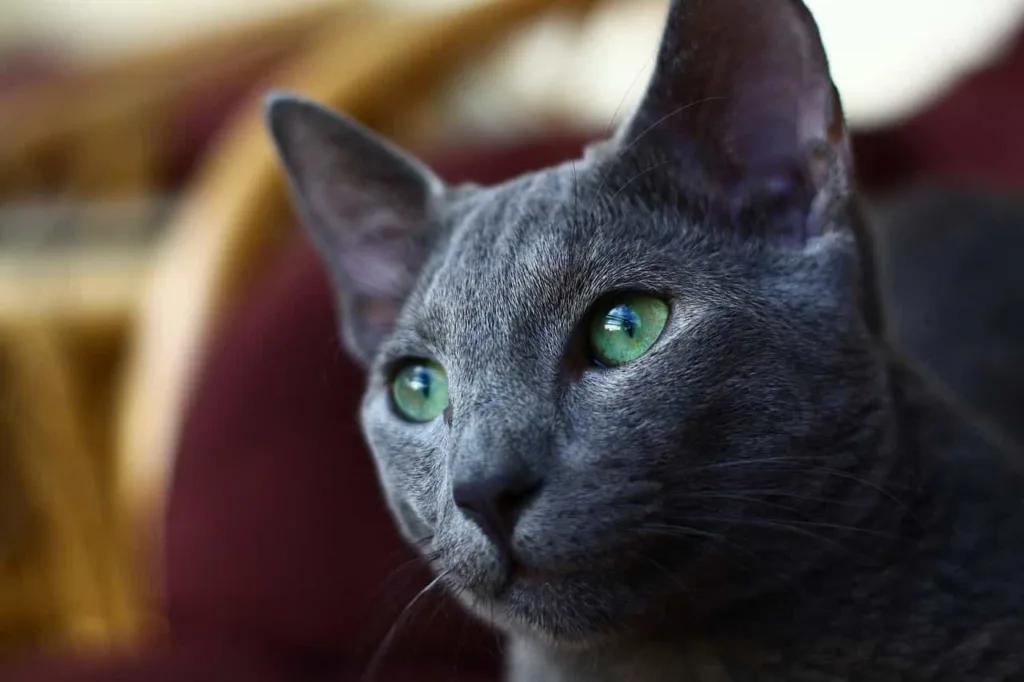

Health and problems of the Russian Blue breed:
Russian Blues are not prone to any special diseases. As usual, like other cats, Heart diseases, Bladder Stones, Diabetes, and normal periodical diseases can disturb them. Ensure a regular check-up for your pet. Visit your veterinarian after every 6 months.
Pet insurance: you can get pet insurance for the bad time so that you can take care of your pet without any interruption.
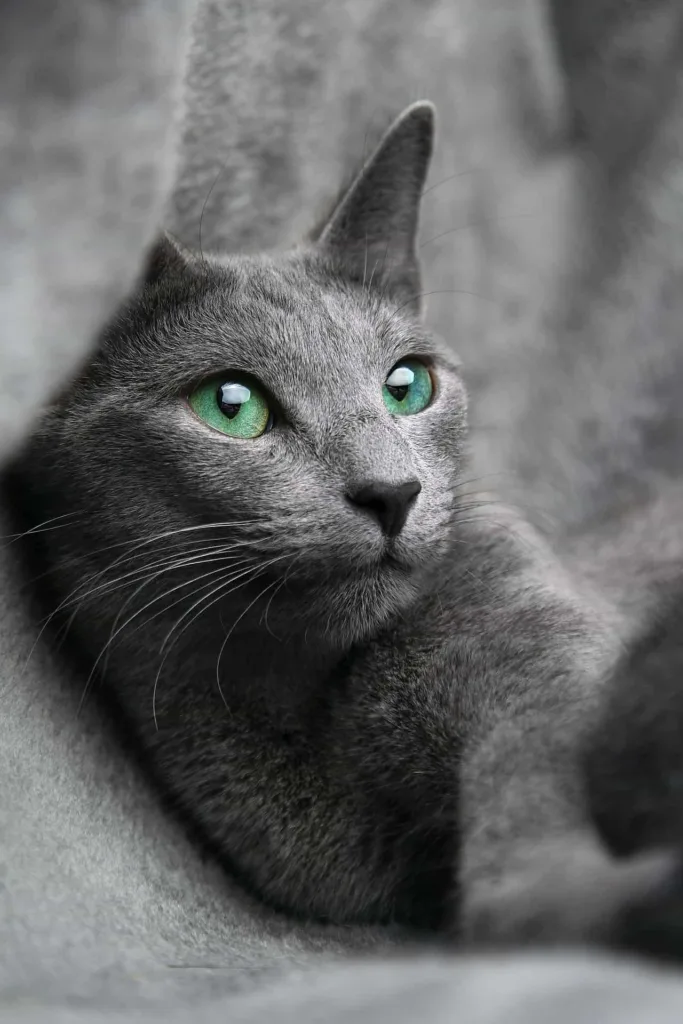

Food and nutrition tips for Russian Blue cats:
Russian Blues are very foody and can do anything for food. So, be careful about feeding them. Don’t leave free food all the time. Obesity and Diabetes are always ready to attack your cat.
So, feed them according to their age. A lot of Protein, Nutrients, and Canned food is ideal for all cats. Provide them with plenty of fresh and clean water because cats are prone to kidney diseases.
Some facts about Russian Blue cats:
- Russian Blues are easily mistaken for British Shorthair, Chartreux, and Korat breeds.
- They don’t like Kids and strangers.
- If you try to sleep without them, they will wake you by meowing and scratching your doors.
- You can’t sleep in the morning because of them. They are just the morning alarms.
- They’re the fav kitties of the Russian Czars and later the British Monarchs.
- Russian Folklore recognized the breed as the Healing and good luck charm.
- Though the only recognized color of the breed is steel Blue, there are another 2 colors that have the breed, White and Black.
- Russian Blues are perfect for first-time owners.
- It can be left for long hours. They don’t get bored and wait patiently for their owners.
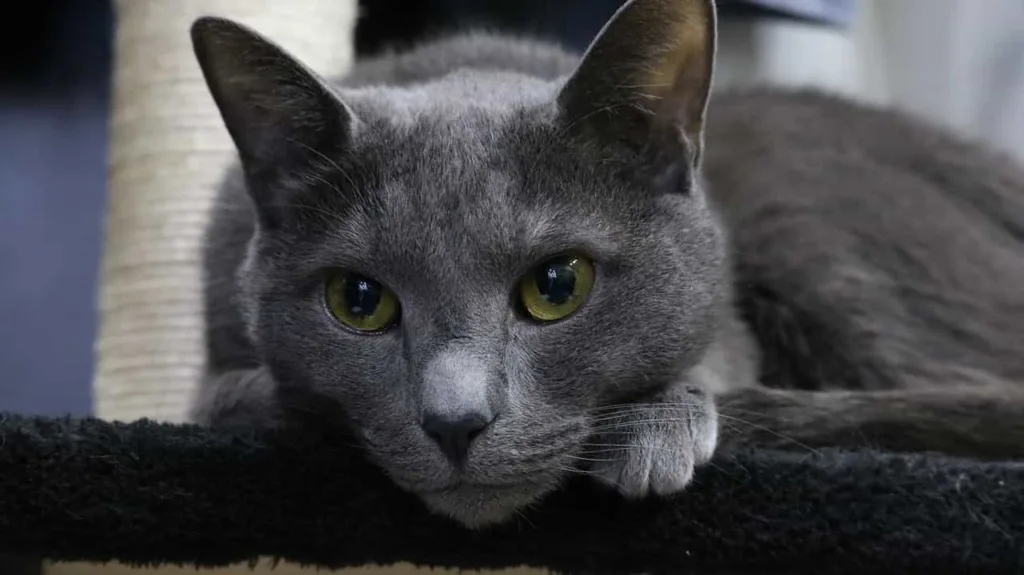

Breed Overview of the Russian Blue:
The beautiful shimmering Blue-coated cats will greet you at the door, roam around and follow you across the house and sit beside you or on your lap to cuddle. Their eye-soothing beauty is a great source of joy. If you’re a lonely or retired person, then Russian Blues are the perfect companion for you.
The reasons that Russian Blues may not be the best for you:
- They may be Allergenic. So, if you have allergies to coat furs, then you shouldn’t adopt a Russian Blue.
- They aren’t very smart cats. So, don’t hope that they’ll greet the guests at the door. If you want a smart cat, then look for another cat.
- The biggest problem is- they don’t tolerate change. So, if you’re thinking of a relationship/ getting married/ having a child, then don’t adopt a Russian Blue. It’s better to adopt a Russian Blue in their kittenhood and train them to be social. Otherwise, with a Russian Blue, it’ll be difficult for you to bring a change in your life.
Where to get a Russian Blue:
If you are willing to have a beautiful Russian furry friend, have a look at the Cat Fancier’s Association’s website and search for the Russian Blue breeders section. You can also go to the local cat shows, and also you may check on rescue me.com, Petfinder.com, and adopt pet.com website.

